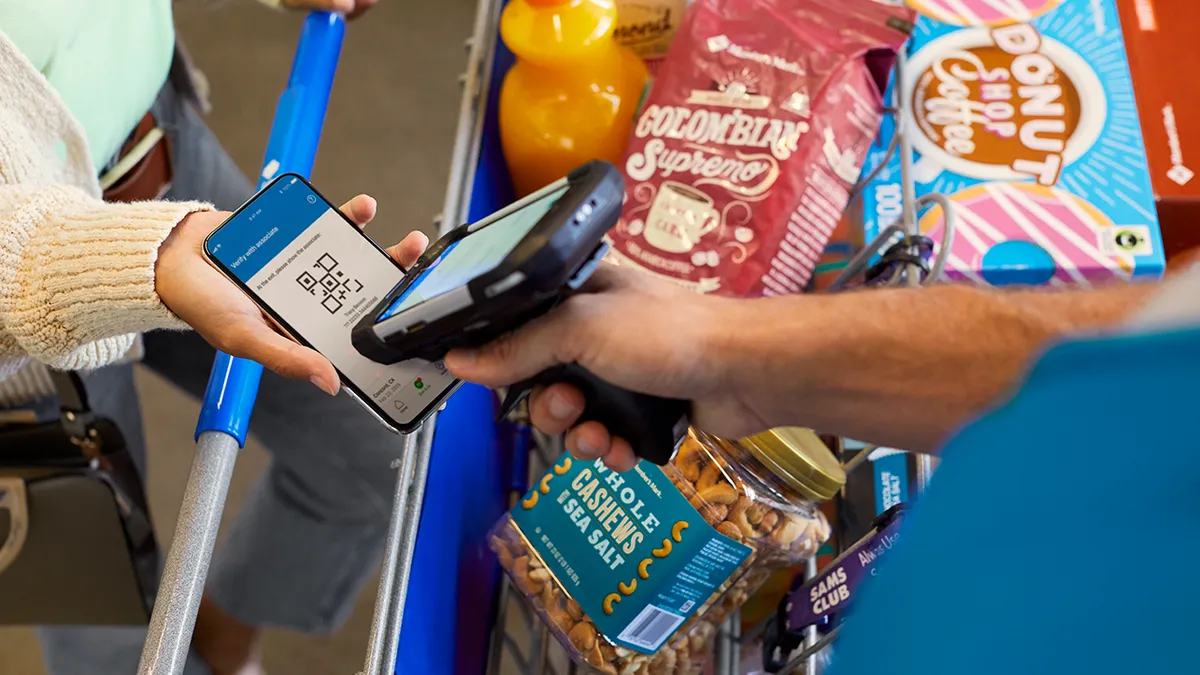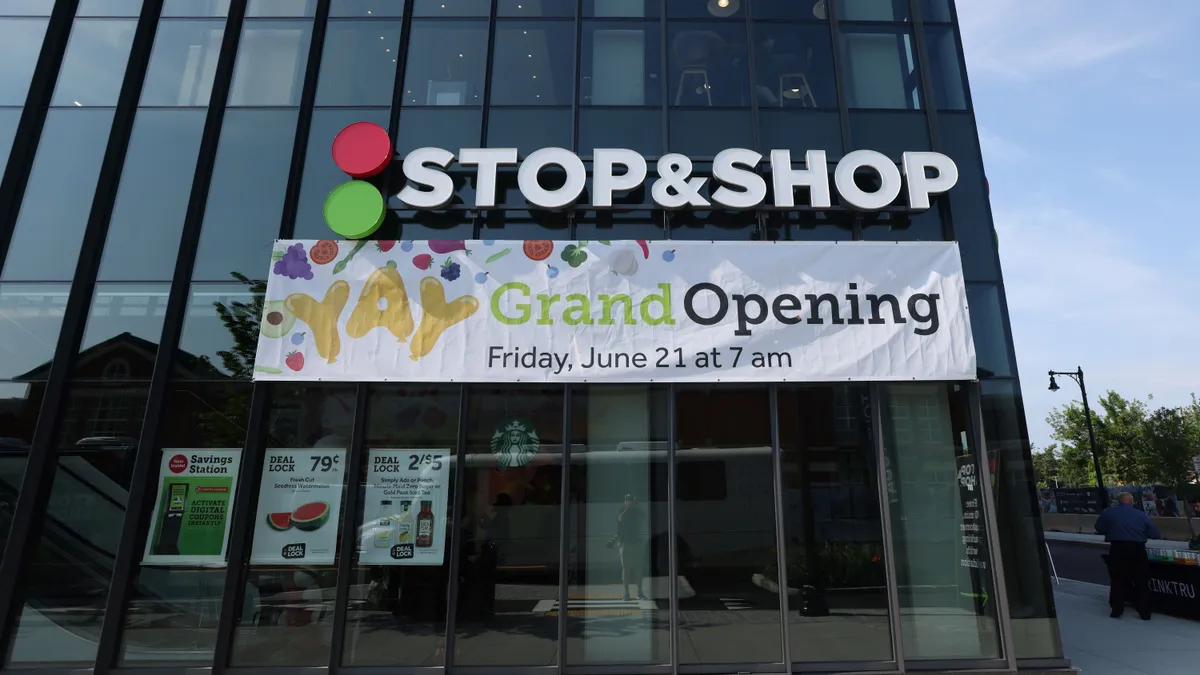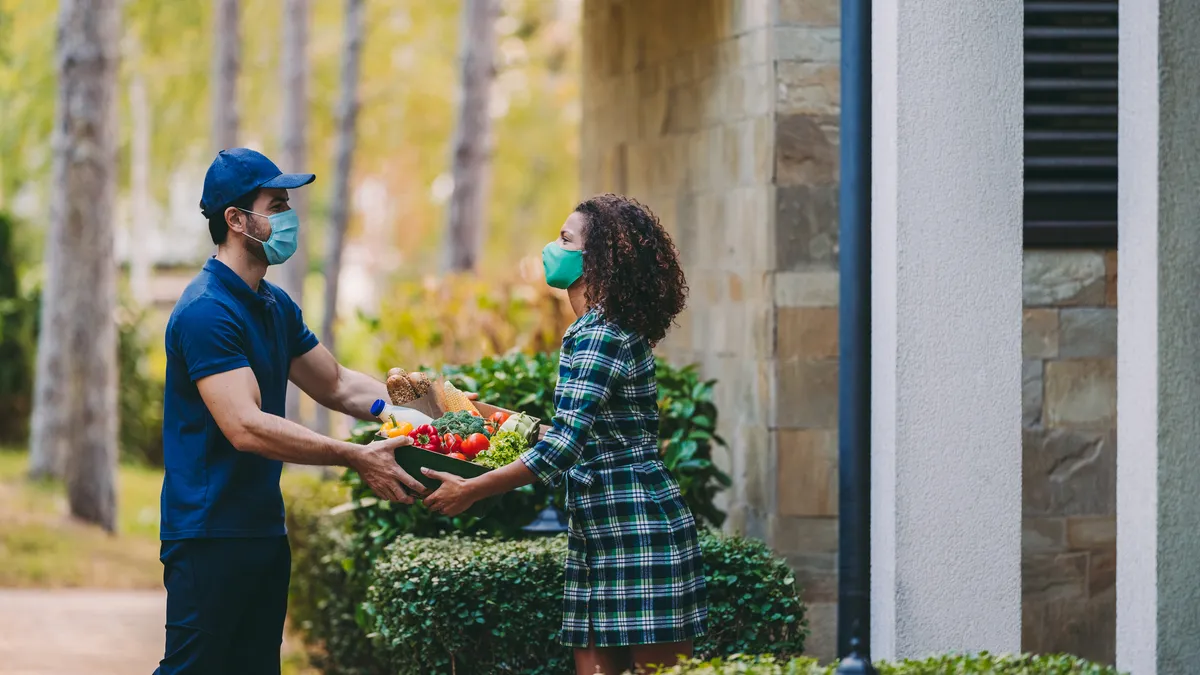Alex Kinnier is the co-founder and CEO of GetUpside, a retail technology company that offers cash-back offers to shoppers.
Two things are top-of-mind for every grocer: investing in an attractive e-commerce offering and securing the supply chain. Unfortunately, both reduce margin — the former because grocers are paying for delivery costs to stay competitive against the likes of Amazon and Walmart, and the latter because the hardening supply chain increases the cost of every unit sold. Plus, raising prices to increase profit is not an option right now because it would mean losing out on market share.
To stay competitive and grow profits, retailers are starting to turn to price personalization to create and capture new margin, offsetting their rising delivery and supply-chain costs without increasing their sale prices.
Personalized incentives and the margin dilemma
Online grocery sales are hitting record highs during the pandemic. Though these sales only make up about 10% of grocery purchases nationwide, it’s a market share every grocer knows they will lose without some sort of e-commerce offering for their customers. As more people are buying online, they’re also putting more in their baskets and stocking up to eat at home.
This shifting demand is prompting retailers to retool their supply chains, which increases the cost of goods sold. Unfortunately, high-margin in-store experiences such as hot bars that would normally help offset these costs are no longer a safe option for customers due to the pandemic.
To resolve this margin dilemma, retailers need to make each transaction more profitable without increasing prices. It comes down to profitably increasing basket sizes for existing customers while also bringing in new customers to offset delivery and safety costs, which have increased as a result of COVID-19.
Personalized incentives for each individual customer changes their purchasing habits in a way that funnels demand from multiple grocers to a single location. This consolidation enables participating grocers to capture a larger share of wallet, gaining sales that would have gone to other grocers or to e-commerce offerings. Because of the additional opportunities to “upsell” customers in-store, grocers should be interested in bringing customers back to a physical store with these kinds of cashback incentives.
This is not a matter of segmenting customers based on total spend and offering each “customer tier” the same perks. A “tiered” model gives unnecessary discounts to loyal customers, fails to reach new customers and does not understand what would actually motivate occasional customers to order more, visit more or increase their basket size. Conversely, personalization is a matter of accounting for each and every customer’s individual needs based on their location and purchasing habits and cross-referencing them with the grocer’s gross margin and capacity at the store.
Personalization gives customers more purchasing power in dollar amounts that never exceed margin, so grocers can earn a positive return on investment for each new or additional transaction. Practically speaking, that means customers are incentivized to visit grocery stores they haven’t visited before or increase their spend at stores they already patronize. What’s more, lapsed customers are reintroduced to the store in a way that ensures grocers are not paying costs to acquire that same customer again.
Applying personalization
The best personalization tools use the data grocers already have. For example, anonymized credit card transaction data can provide a wealth of knowledge about customers when applied correctly. Data like this can describe key insights like customer location and past purchasing behavior and provide the opportunity to create a baseline measurement of what the expected revenue would be without any personalization tools, leaving room to influence their next purchase. This allows merchants to see the exact impact of implementing any new program based on personalization.
These tools can be a strong complement to loyalty programs, which only reach regular and loyal customers who patronize a store. By layering on an additional digital tool like personalization, merchants can address the “non-customer” or the nearby shoppers who are, for whatever reason, currently unreachable.
By thinking differently about their brick and mortar stores and the way they personalize the in-store experience for each customer, competitive grocers are offsetting their rising delivery and supply-chain costs in a way that benefits both the customer and their business.


